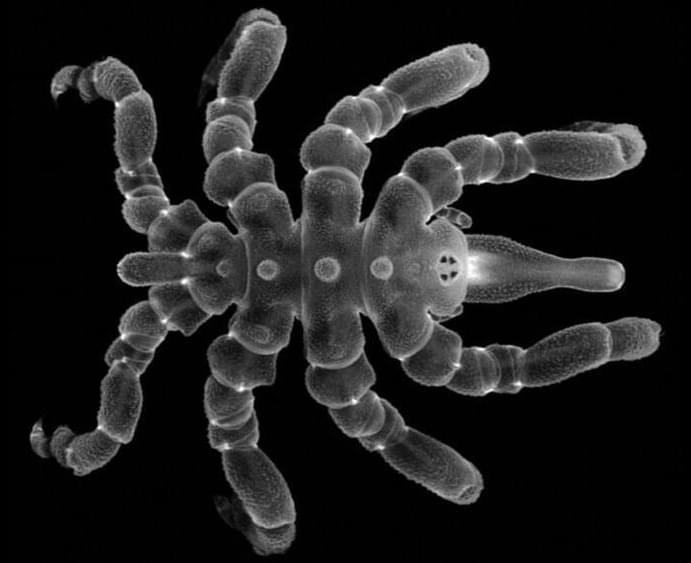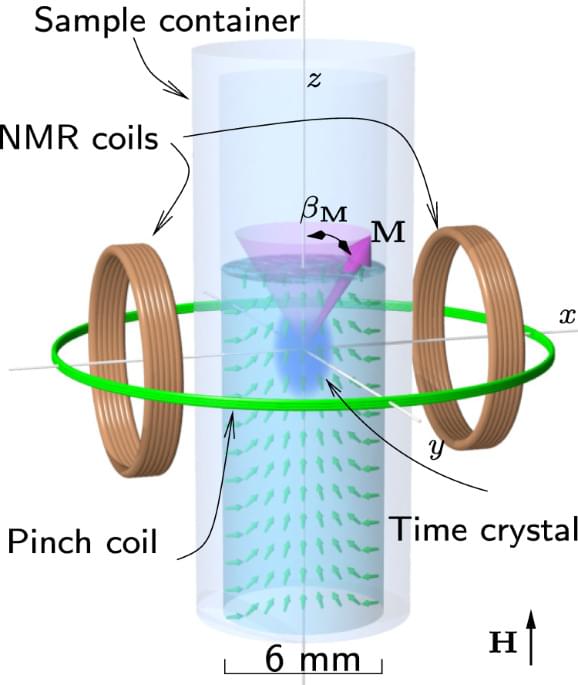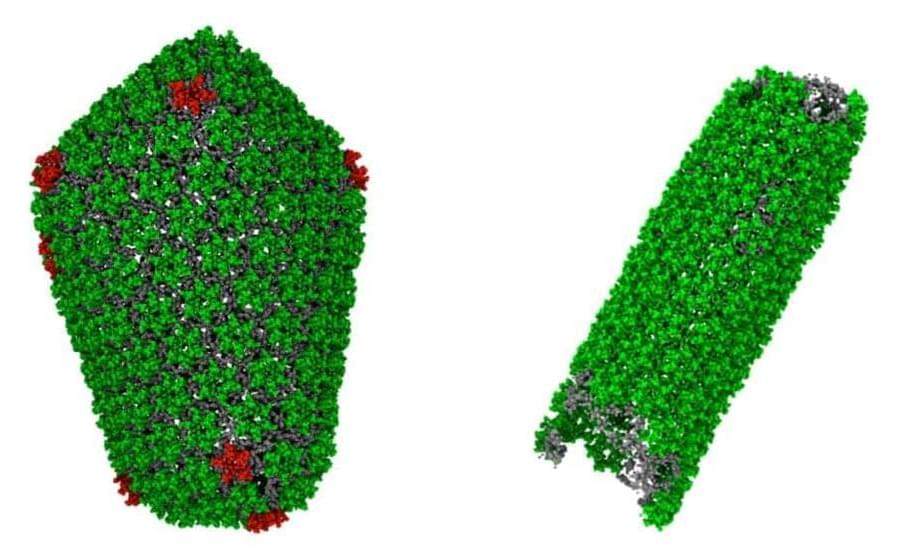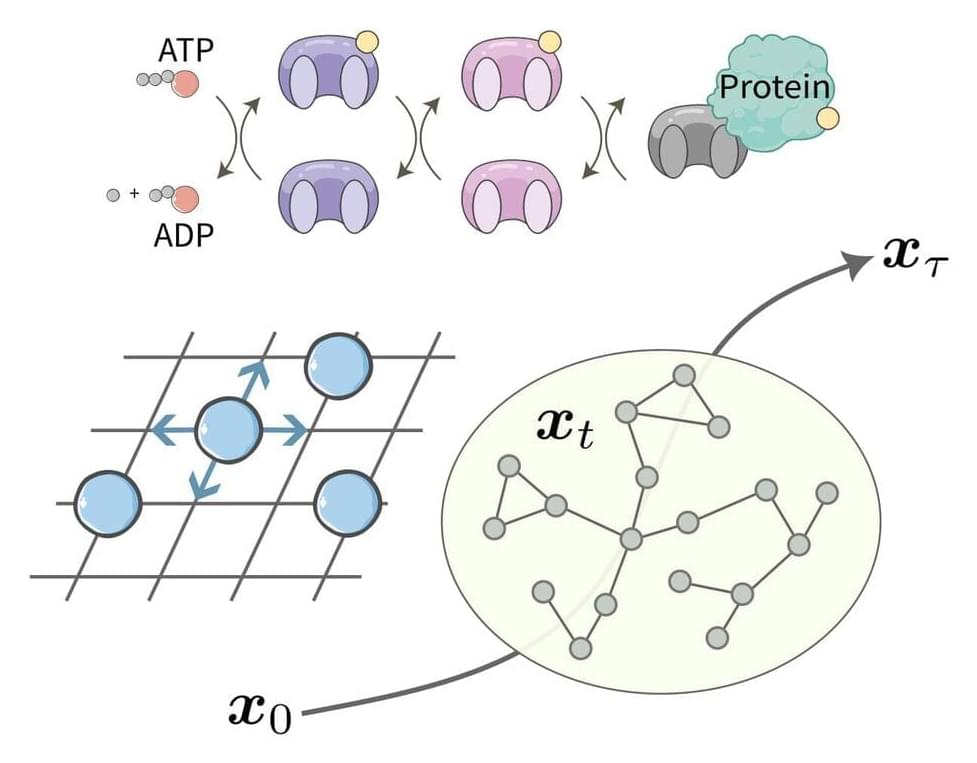Jan 24, 2023
I tried lab-grown meat made from animals without killing them — is this the future of ethical eating?
Posted by Kelvin Dafiaghor in categories: climatology, futurism
Instead a clump of her cells were grown in a lab to create what’s known as “cultivated meat”, a product touted as far better for the climate – as well as the mortal concerns of pigs and cows – and is set for takeoff in the US.
“A harmless sample from one pig can produce many millions of tons of product without requiring us to raise and slaughter an animal each time,” said Eitan Fischer, founder of Mission Barns, a maker of cultivated meat that invited the Guardian to a taste test in an upscale Manhattan hotel. The meatball was succulent, the bacon was crisp and, even to a vegetarian, both had the undeniable quality of meat.
“We got that sample from Dawn and she’s living freely and happily,” said Fischer, whose company has identified a “donor” cow, chicken and duck for future cultivated meat ranges. “This industry will absolutely be transformative to our food system as people move toward consuming these types of products.”


















